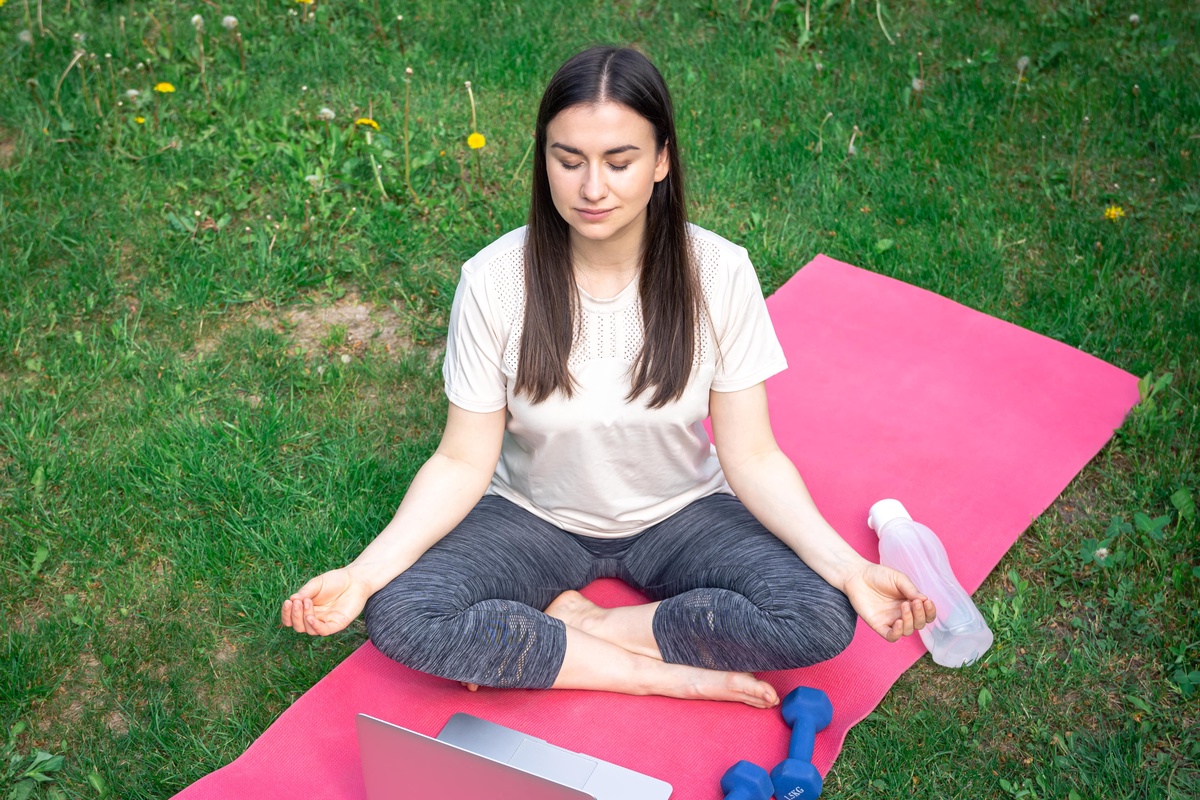Dimethyltryptamine, or DMT, is a naturally occurring psychedelic compound found in various plants, animals, and even within the human body. Often referred to as the "spirit molecule," DMT has captured the interest of researchers, spiritual seekers, and enthusiasts alike due to its potential to induce profoundly altered states of consciousness. While DMT is commonly associated with external sources, some proponents believe that it can be released endogenously through specific meditation and breathing techniques. In this article, we delve into the world of DMT meditation and breathing techniques that purportedly stimulate the release of endogenous DMT.
Understanding DMT and its Role:
DMT is a powerful psychoactive compound that can induce intense visual and auditory hallucinations, altered perceptions of time and reality, and even mystical experiences. It is naturally found in plants like Ayahuasca, as well as in trace amounts within the human body, particularly in the pineal gland.
The pineal gland, often referred to as the "third eye," is thought to play a role in regulating sleep-wake cycles and producing melatonin. Some theorists propose that the pineal gland might also be involved in the release of endogenous DMT, which could potentially explain experiences of altered consciousness, vivid dreams, and even spiritual insights.
DMT Meditation and Breathing Techniques:
Proponents of DMT meditation and breathing techniques believe that certain practices can stimulate the release of endogenous DMT, leading to altered states of consciousness similar to those induced by externally consumed DMT. While scientific research in this area is limited, anecdotal reports and experiential accounts suggest that these techniques may have intriguing effects.
1. Holotropic Breathwork: Holotropic Breathwork is a technique developed by psychiatrist Stanislav Grof and his wife Christina. This method involves deep, rhythmic breathing that mimics the rapid breathing patterns often observed during altered states of consciousness. Practitioners engage in intense breathwork sessions, sometimes accompanied by music or other sensory stimuli, to induce altered states and promote self-exploration.
2. Wim Hof Method: The Wim Hof Method, developed by "The Iceman" Wim Hof, involves a combination of controlled breathing, cold exposure, and meditation. The breathing component of this technique includes deep, rhythmic breaths followed by a period of breath retention. Some individuals who practice the Wim Hof Method report altered states of consciousness and enhanced mental clarity.
3. Pranayama Techniques: Various pranayama techniques from yogic traditions involve controlled breathing patterns aimed at manipulating the body's vital energy (prana). Techniques like "breath of fire" and "alternate nostril breathing" are thought to influence the energetic pathways within the body, potentially leading to altered states of consciousness.
4. Breathwork Meditation: Breathwork meditation encompasses a wide range of techniques that emphasize conscious and intentional breathing patterns. These techniques often involve deep inhalations and exhalations, with the goal of promoting relaxation, stress reduction, and potentially altered states of awareness.
Caveats and Considerations:
It's important to approach DMT meditation and breathing techniques with caution and mindfulness. While some individuals report profound experiences, others may not achieve the same outcomes. Additionally, altering one's breathing patterns can have physiological effects, including changes in blood oxygen and carbon dioxide levels. Practitioners should be aware of potential risks and ensure they are in a safe and comfortable environment.
Final Thoughts:
DMT meditation and breathing techniques offer an intriguing avenue for exploring altered states of consciousness and the potential release of endogenous DMT. While scientific understanding in this area is still evolving, individuals interested in these practices should approach them with an open mind, a commitment to safety, and an understanding that individual experiences can vary widely. As research continues to shed light on the mechanisms behind altered states of consciousness and the potential role of endogenous DMT, we can continue to explore these techniques as one facet of the complex human experience.


No comments yet